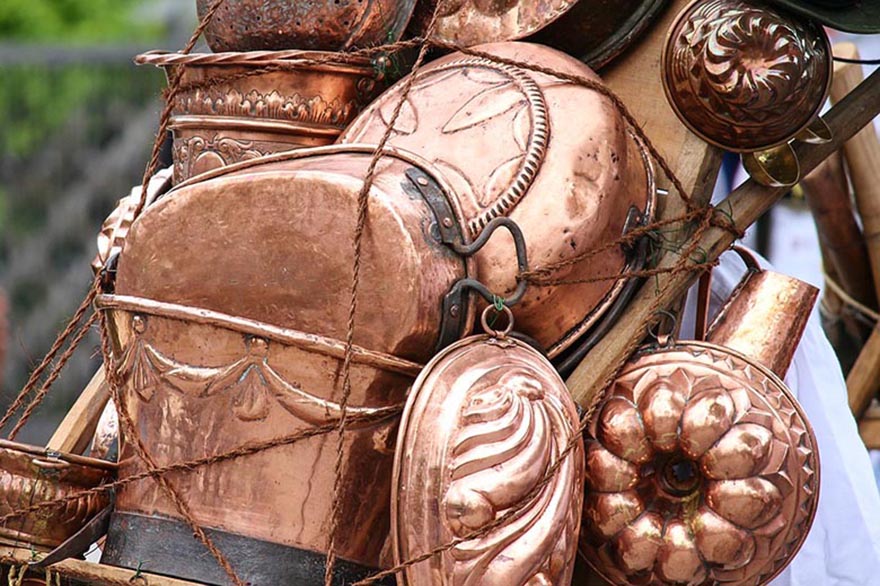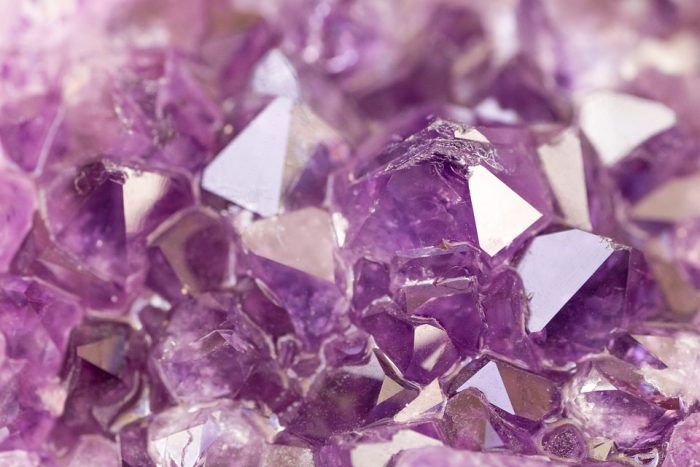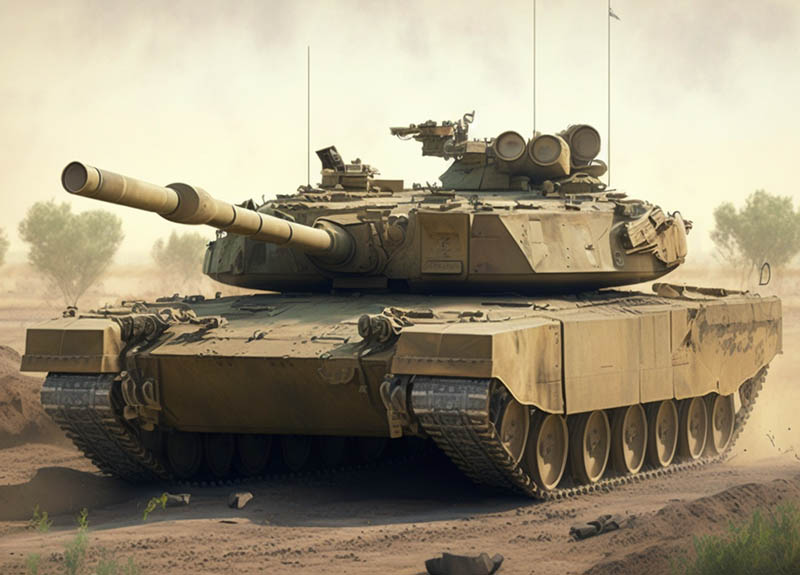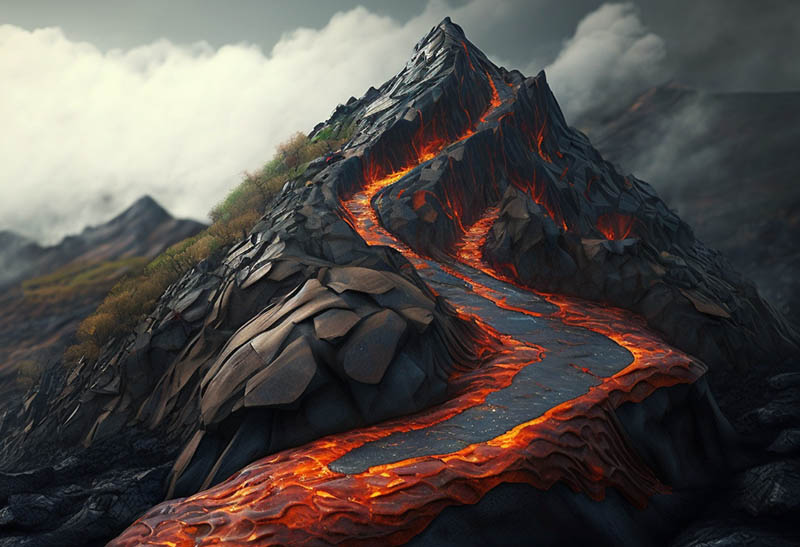It is impossible to imagine modern technologies without copper. This metal is used in various fields of industry, and humanity consumes it a lot! Fortunately, copper isn’t toxic, and therefore it doesn’t bring any harm to the environment.
- Copper was one of the first metals that began to be used by mankind because of the simplicity of its processing. Ancient people made their first metal tools of it.
- Copper was used very widely in Ancient Greece. Before the discovery of bronze, the Greeks used copper armor, weapons, and tools.
- Nobody knows for sure when exactly our ancestors learned to process copper. The oldest traces of copper ore smelting were found on the territory of modern Turkey, in the settlement of Çatalhöyük, whose age is about 8-9 thousand years.
- Copper is more often found in the form of pure nuggets, and not as impurities to other minerals than other valuable metals. Copper nuggets are much more common than silver, gold, or iron ones.
- It’s impossible to strike sparks from copper. You can knock one piece of this metal on another as much as you want, but there will still be no sparks. This is one of the reasons why copper is in great demand in those areas of industry where a single spark can cause a fire.
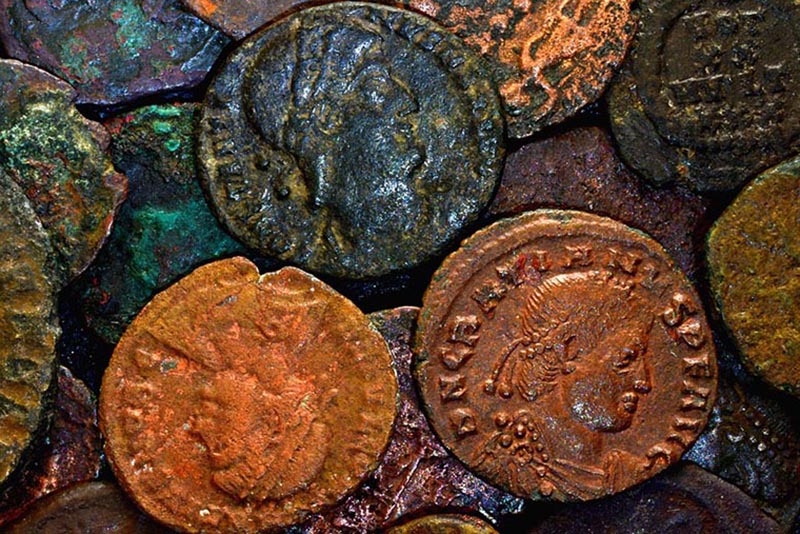
- The people of Ancient Egypt made water pipes of copper, and some of those pipes even survived to this day, although they were oxidized. But in Ancient Rome, water pipes were made of lead, because Romans didn’t know that lead is toxic and dangerous.
- The blood of mammals has a red color due to the presence of iron in it, which helps to carry oxygen through the bloodstream. But octopuses have blue blood because copper performs a similar function in their blood.
- Professional chefs usually prefer to use copper dishes during the heat treatment of products. The reason is simple – this metal has great thermal conductivity, and this allows heating quickly and, most importantly, evenly.
- Copper has serious bactericidal properties. Simply put, bacteria on the copper surface don’t live for a long time, that’s why they make door knobs of this metal.
- High-quality water pipes are usually made of copper, and the cheapest and most widespread ones are made of plastic. But in copper pipes, bacteria multiply about 100 times slower.
- Since copper can be easily melted down and reused, it’s been used many times. About 80-95% of all copper ever mined by mankind is still in use.
- In the past, the bottoms of sailing ships were upholstered with copper sheets, since they are much slower to overgrow all sorts of shells and other mollusks. The ships on which Christopher Columbus reached the shores of America also had a bottom upholstered in copper. An alloy containing copper is used for a similar purpose even in modern sea vessels.
- Some countries put containers with nuclear waste to be buried in a copper shell with a thickness of at least 2 inches (5 cm). Since this metal is very resistant to corrosion, you can forget about those burials for several hundred thousand years.
- Copper not only heats up quickly, but it also quickly gives off accumulated heat. Therefore, the cooling grilles of radiators and other elements of cooling systems are usually made of it.
- Copper ranks third in the world in terms of production volumes among all metals, second only to iron and aluminum occupying the first and second places, respectively. An interesting fact: in terms of consumption, it also ranks third.
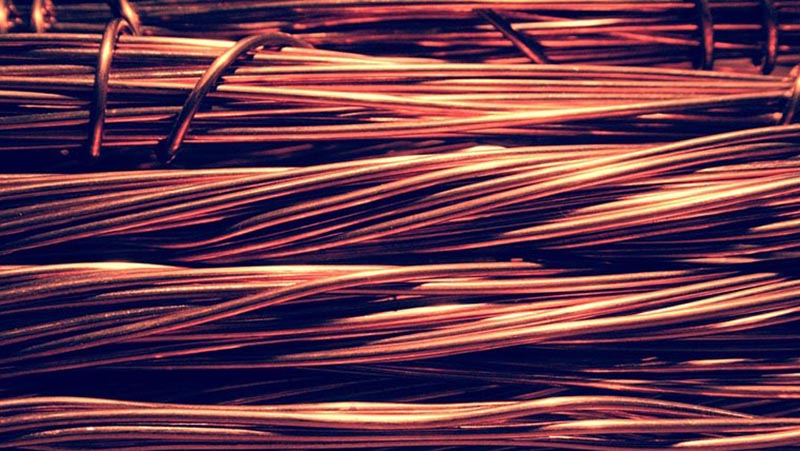
- The Statue of Liberty in New York is hollow inside, it’s a frame covered with copper sheets. At the beginning of the XX century, it was still brown, but then it turned green due to the oxidation of copper.
- Copper isn’t toxic, but copper mines can be a threat to the environment. The most toxic lake in the world, Berkeley Pit in the USA, was formed in an old copper quarry, which eventually became flooded.
- The human body needs a lot of chemical elements for normal functioning, copper included. But the rate of its consumption is small, it is about 1 mg per day for an adult. At the same time, the average person’s body contains about 80 mg of copper.
- Polish scientists have discovered an interesting pattern – carp grow to a larger size in ponds with a copper content in the water than in ponds in which the content of this metal is near zero. As it turned out, if there is no copper in the water in reservoirs like a pond, fungi that affect carp begin to develop more actively there, which is why these fish are less likely to grow to a large size.
- Copper ranks second after silver in terms of thermal conductivity among all metals, so it is often used to make electrical wires and cables. Silver is even better suited for this purpose, but it’s more expensive.
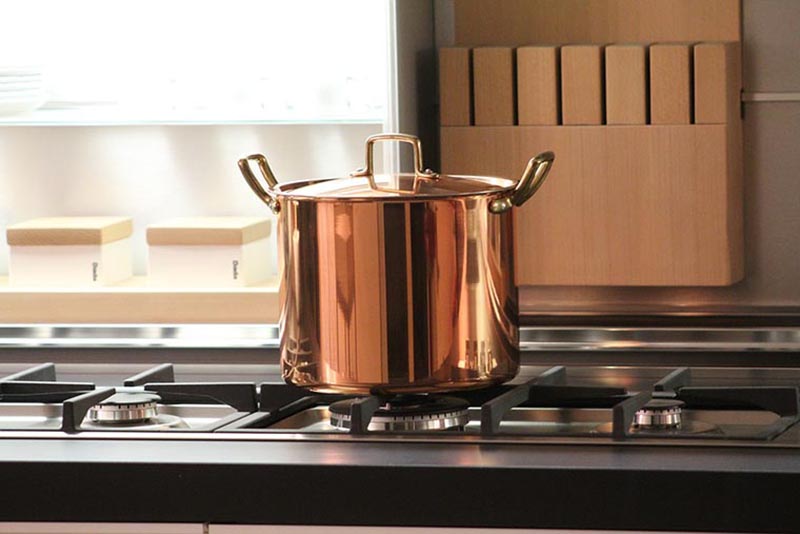
- Copper nuggets can have different shades depending on the presence of other impurities in their composition. The largest pure copper nugget ever discovered by miners weighed about 420 tons.
- The process of copper oxidation in the open air starts when this air is humid enough. It’s then that an outer layer of patina called copper carbonate (it gives copper a blue-green color) is formed on its surface.
- Copper sulfate, also known as copper sulfate, is widely used in field processing and in crop production. Moreover, it is used as an antiseptic in its pure form, and it can be used as a fertilizer in the form of a compound with sulfuric acid.
- Copper has a reddish-metallic color, which is unique among all the elements. The only other non-silver metal in the periodic table is gold, which has a yellowish color. Adding copper to gold is a way to produce red gold or rose gold.
- The oldest metal object found in the Middle East consists of copper; it was a tiny awl dating back as far as 5100 B.C. And the U.S. penny was originally made of pure copper (although, nowadays, it is 97.5 percent zinc with a thin copper skin).
- The Romans gave copper its name. They called it “aes cyprium” (ore from Cyprus) because in ancient times most of the copper came from Cyprus. The word was later modified to “cuprum” from which we derive our modern-day “copper”.
- here are two common oxidation states of copper, each with its own set of properties. One way to tell them apart is by the color of the emission spectrum when the ion is heated in a flame. Copper(I) turns a flame blue, while copper(II) produces a green flame.
- The average home contains 400 pounds (180 kilos) of copper that is used for electrical wiring, pipes, and appliances. The average car has 50 pounds (22 kilos) of copper.
- The average person will use 1500 (680 kilos) pounds of copper just to enjoy today’s standard of living. Think computers, telephones, automobiles, etc – everything we use in our daily routine.
- It’s an abundant metal in Earth’s crust, present at concentrations of 50 parts per million. Its abundance is 2.5 x 10-4 mg/L in seawater. The Earth’s copper was formed in exploding white dwarfs and massive stars before the Solar System formed.

- Copper is everywhere: TVs, radios, electrical wiring, plumbing, washers, and dryers. It is often alloyed with zinc or tin to make brass or bronze, giving it a golden-like color.
- In 1824, the British scientist William Sturgeon conducted an experiment. He wrapped bare copper wire around a horseshoe-shaped piece of iron and ran an electrical current through the wiring. The iron became magnetized. The invention of this first electromagnet using copper wire soon took civilization to the next level.
- The use of copper dates back more than 10,000 years. Otzi the Iceman (3300 BCE) was found with an axe that had a head consisting of nearly pure copper. The iceman’s hair contained high levels of the toxin arsenic, which may indicate the man was exposed to the element during copper smelting.
- Copper’s excellent conductivity makes it highly useful in medicine. Copper coating on a surgeon’s scalpel conducts electricity to heat the blade, making it self-cauterizing. This is key to controlling bleeding during operations and when removing damaged tissue.
- The biggest offshore wind farms in the North and Baltic seas contain up to 30 tonnes of copper per turbine in their ring generators. Every year, each tonne of copper used can save over 150 times the amount of carbon dioxide produced during its manufacture.
